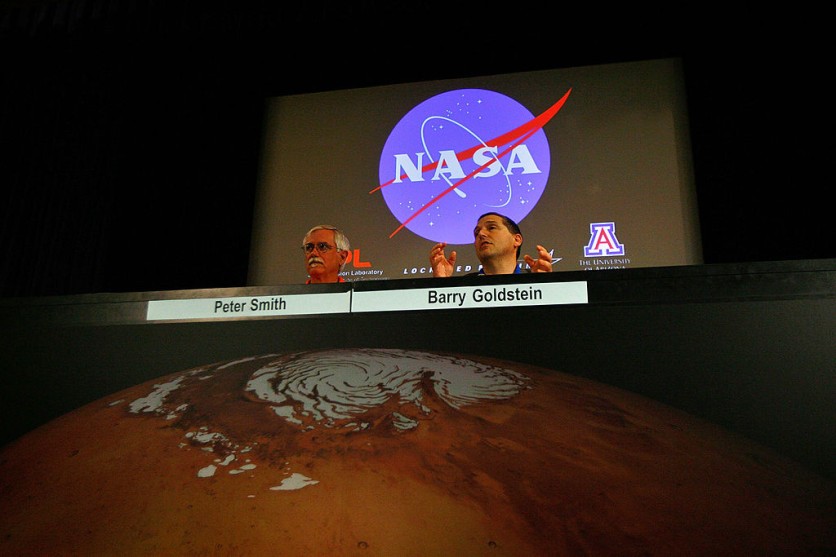NASA is inviting digital content creators and influencers to register and potentially attend the weather satellite launch of GOES-U, short for Geostationary Operational Environmental Satellite U by the National Oceanic and Atmospheric Administration (NOAA).
SpaceX and NASA have set a launch window of two hours, starting at 5:16 p.m., as the aim. The SpaceX Falcon Heavy rocket GOES-U is scheduled to launch on June 25 at 10:00 a.m. EDT from Launch Complex 39A at NASA's Kennedy Space Center in Florida.

NOAA's GOES-U satellite will carry a range of equipment, including a new compact coronagraph that will scan the outermost layer of the Sun's atmosphere to identify and analyze coronal mass ejections.
This equipment will be used for enhanced photography, real-time mapping of lightning activity, atmospheric measurements, and the detection of impending space weather risks.
A maximum of fifty social media users will be chosen for this two-day event, and they will have access much like news media.
Attendees of NASA Social will get to see the GOES-U satellite launch on a SpaceX Falcon Heavy rocket, see NASA facilities at Kennedy Space Center, engage in conversation with GOES-U subject matter experts, and network with other social media-savvy space enthusiasts.
The application deadline is 3 p.m. on Thursday, May 9, when NASA Social registration for the GOES-U launch begins. On Tuesday, May 14, at 8:00 A.M., every social media application will be considered individually.
NASA's New Black Hole Images
Additionally, NASA just released new images that reveal new insights into the behavior of these cosmic giants by illuminating the eating habits of supermassive black holes. These images were created using data from the now-retired Spitzer Space Telescope.
The supermassive black hole at the center of the Andromeda galaxy is seen in the pictures taken by NASA's Spitzer Space Telescope, which show streams of dust extending millions of light-years toward it.
These streams show how these huge black holes—which are billions of times more massive than the Sun—consume stuff and maintain a reasonably constant luminosity.
According to NASA, shortly before material is drawn into the gravitational attraction of a supermassive black hole, it heats up as it falls into the hole.
This process produces powerful light emissions that are frequently brighter than the light from a galaxy full of stars. The way the material is consumed, especially in clumps of different sizes, affects how unpredictable these black holes are in terms of brightness.
Unlike other supermassive black holes that show large brightness variations, the black holes at the centers of our Milky Way galaxy and the nearby Andromeda galaxy are far less brilliant. This implies that instead of consuming their cosmic meals in irregular, massive clumps, they do so steadily and under control.
NASA's Primordial Black Hole Search
Additionally, in preparation for a historic expedition, NASA's Roman Space Telescope is searching for elusive primordial black holes, a type of cosmic entities that have mostly eluded modern detection techniques.
Scientists hypothesized in a recent study led by William DeRocco of the University of California, Santa Cruz, that the Roman Telescope would be able to reveal a population of "featherweight" black holes, which have hitherto been hidden.
These vary in mass from a few times that of the Sun to tens of billions of solar masses, which sets them apart from the massive black holes that have been seen so far.
Related Article: NASA James Webb Space Telescope May Have Found Atmosphere on 'Too Hot to be Habitable' Exoplanet

ⓒ 2025 TECHTIMES.com All rights reserved. Do not reproduce without permission.




